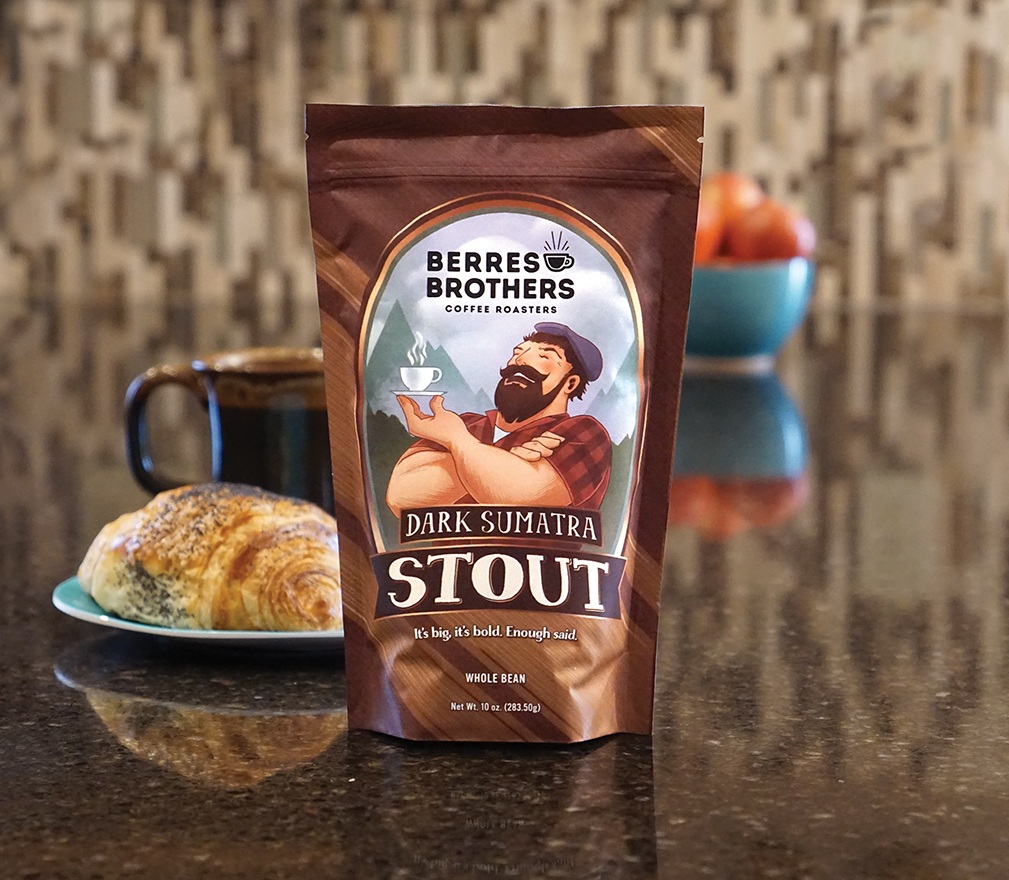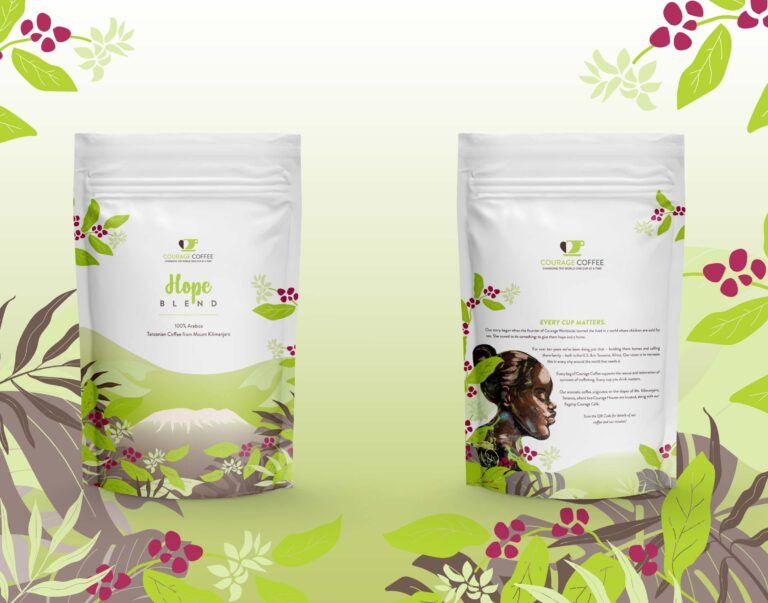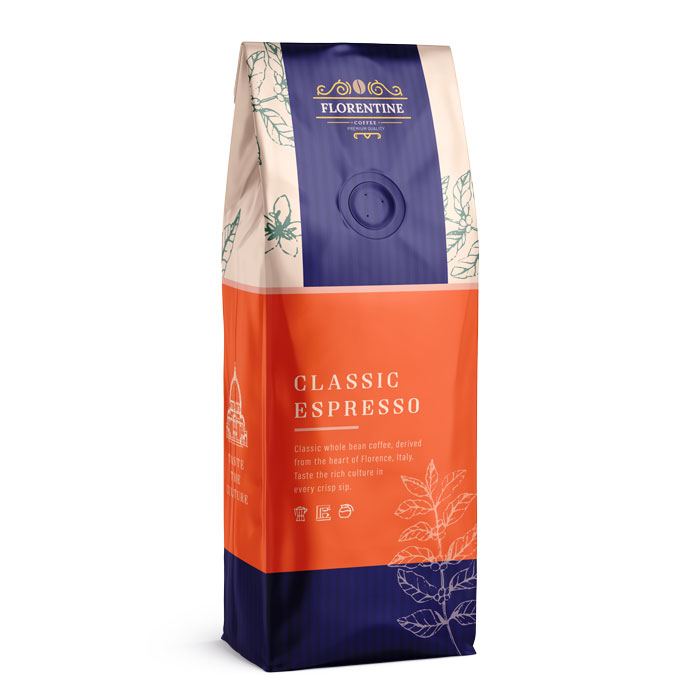Coffee is basically the life force that propels humans. Dunkin Donuts has a slogan, “America Runs on Dunkin,” and it’s not far from the truth.
Coffee is a multi-billion-dollar industry, from small-time roasters to the big names stamped on massive coffee cans. And when we say “multi-billion,” we mean almost five hundred billion – that’s a lot of mornings and late-night pots going. It doesn’t matter what corner of the world you traverse; someone always asks if you want a cup.
But when it comes to coffee, there’s always a great push/pull with consumers: do you want whole beans to grind yourself, or do you prefer it already ground for a faster cup of Joe?
Personal preferences aside, one thing roasters always want the focus on is that the coffee is fresh.
One of the first things everyone does when they open a bag of coffee is take a big whiff. No one wants stale coffee, especially those folks who’ve invested in whole coffee setups with hand grinders, pour-over systems, and special filters.
What’s the Best Way to Package Coffee?
Proper storage and packaging are essential for maintaining the freshness and quality of whole bean and ground coffee.
Roasters must consider various factors when choosing how to package their coffee. This includes ensuring that the roast flavor is preserved, as well as providing the best value for customers.
The process of roasting coffee beans involves the Maillard reaction, which turns unroasted green beans into flavorful brown ones. This reaction is responsible for the distinct body and texture of coffee. Without roasting, coffee beans would have a bland taste.
There are different packaging options available, such as metal cans and laminated film bags.
Laminated film bags are the most effective as they have layers that act as barriers for roast molecules, preserving the freshness of the coffee.
Metal cans are a traditional choice, but coffee makers who care about quality don’t package their goods in cans anymore.
Paper bags, however, should be avoided as they do not keep the coffee fresh. Gas molecules can easily move in and out of the package.
For ground coffee, a sealed bag is the best option for maintaining freshness.
Freshness Matters With Coffee
Humans have been consuming coffee for at least 500 years, and the quality, taste, and freshness of the coffee are important no matter where it is consumed.
Alfred Peet, the founder of Peet’s Coffee & Tea, believed that coffee should travel the shortest distance possible between the roaster and the customer to ensure its freshness. Fresh coffee provides a robust flavor and aroma that enhances the overall sensory experience.
However, there is a difference in freshness between whole bean and ground coffee.
Grinding the beans alters the aroma, and the structure of the bean is broken. Therefore, it’s important to choose packaging that ensures long-term freshness for the consumer.
Brands that want to sell their coffee must be strategic in how they package and display their products on store shelves. Innovative packaging is key to standing out among competitors.
What’s a Degassing Valve?
When coffee beans are roasted, they absorb carbon dioxide (CO2) and release it gradually. However, this process continues even after the beans are packaged.
If the bag doesn’t have a way for the CO2 to escape, the pressure could cause the bag to rupture. To prevent this, bags used for coffee packaging often have a degassing valve, which allows the CO2 to escape without letting oxygen in, thus preserving the freshness of the beans.
This is particularly important for whole beans, which have a higher amount of CO2. Therefore, if you’re using whole beans, it’s important to use packaging with a degassing valve to prevent the risk of a bag explosion.
What’s the best material to keep coffee fresh?
Check Out These Science Facts:
When coffee is ground, it loses about 60% of the compounds that give it its distinctive flavor and smell. So, as soon as the grinding is over, it has to be packaged – fast. Packaging that keeps the freshness locked in is critical – we want everything airtight.
Multi-layered lined packaging with high-barrier materials like aluminum foil effectively preserves flavors. Low-density polyethylene (LDPE) packaging can be reused or recycled. Some roasters include two or more layers to ensure maximum freshness.
To recap: whole beans should have the degassing valve, while ground coffee should be packed in an airtight bag that locks in the flavors, so there’s no oxidizing, which can result in flavor loss.
We’ve had a few cups of coffee in our day and have helped some companies realize their coffee dreams. Contact us today to see how we can help you get your coffee to the masses, fresh every time.





